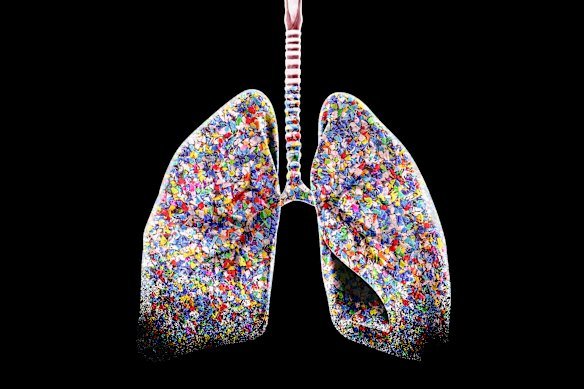Researchers who tested their homes and cars for airborne microplastics have reported that levels of the ultra-small pollutants, capable of penetrating deep into our lungs, may be 100 times higher than previously estimated.
The study was on a tiny scale, with 16 air samples taken across three apartments and two cars, but it focused on detecting smaller microplastics compared to other experiments, which have typically focused on larger particles.
Small microplastics are understudied but can reach deep into our lungs, sparking health concerns among scientists.Credit: Monique Westermann
“We found that over 90 per cent of the microplastic particles in indoor air, across both homes and cars, were smaller than 10 micrometres (µm) – small enough to be inhaled deep into the lungs,” wrote the authors, led by Nadiia Yakovenko from the University of Toulouse in France.
“This was also the first study to measure microplastics in the car cabin environment, and overall, we detected indoor concentrations up to 100 times higher than previous extrapolated estimates – revealing indoor air as a major and previously underestimated exposure route of fine particulate microplastic inhalation.”
The researchers estimated in PLOS One there were 528 microplastic particles per cubic metre in their apartments and 2238 per cubic metre in their cars.
When they combined their results with previously published data, the authors estimated adults may inhale 3200 larger microplastics, sized between 10 and 300 micrometres, per day. For the microplastics smaller than 10 micrometres, which is about seven times thinner than a hair strand, it was 68,000 particles per day.
Smaller microplastics can reach the alveoli, tiny air sacks in the lungs which move oxygen into the blood and remove carbon dioxide.
The study’s focus on under-studied particles under 10 micrometres is valuable, said environmental health scientist Professor Kevin Thomas, but its conclusions should be taken with caution given the limited sample size and because measuring tiny particles comes with higher uncertainty.
Read the full article here
